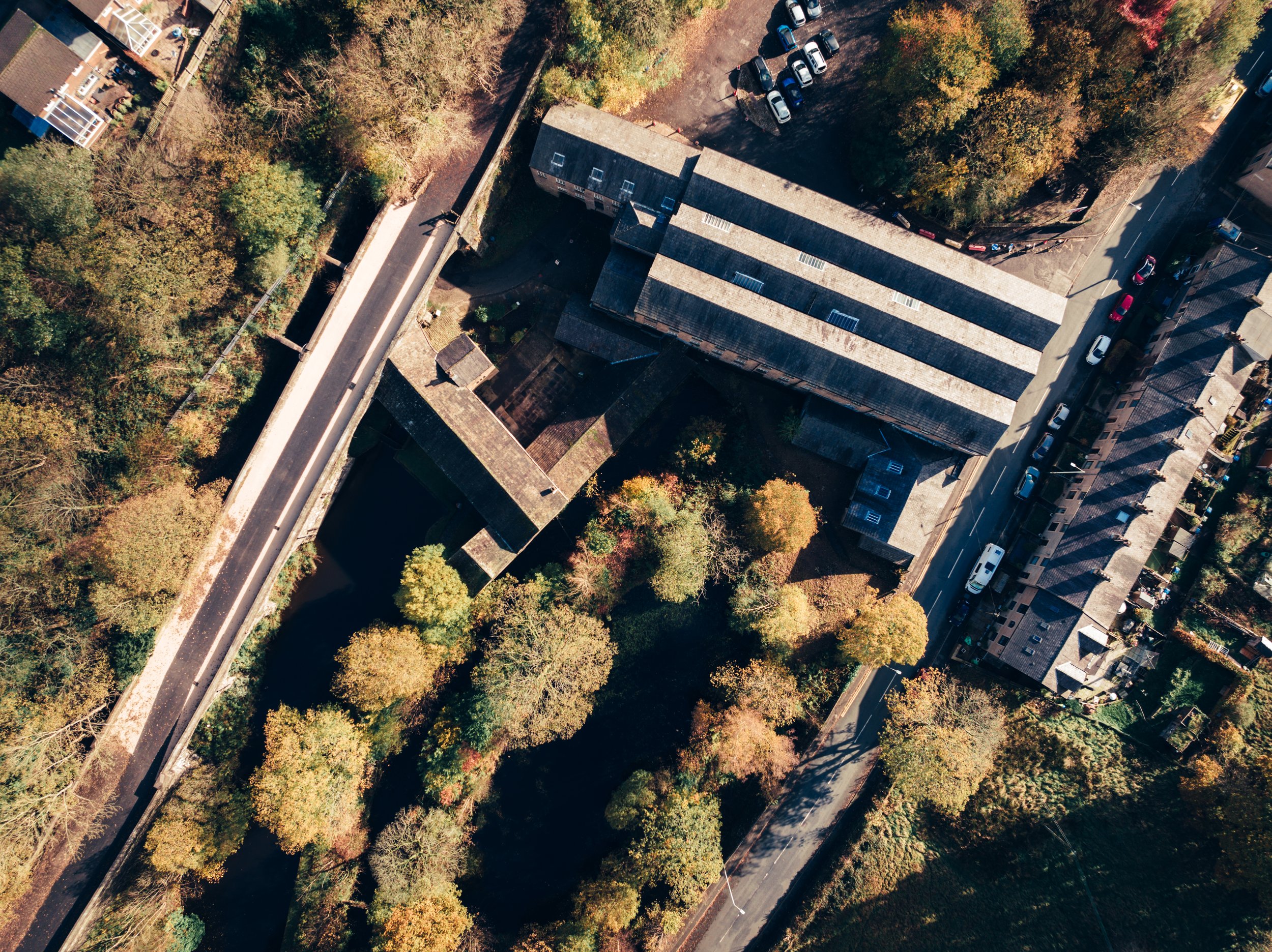
History
Travel back in time with us to the beginning of Higher Mill’s history to the modern day.
Higher Mill History
Higher Mill Museum is in Helmshore village, close to the Rossendale valley, north of Manchester, and nestled between towns famous for their textile heritage, including Burnley, Bury, and Bolton. Built in 1789 by the Turner Family, the purpose of Higher Mill was to finish woollen cloth woven by cottage weavers or from local weaving mills—meaning it no longer had to travel to Rochdale for fulling and finishing.
At Higher Mill, woollen cloth would be scoured to remove dirt, shrunk and tightened to make it thicker and warmer once the fabric was washed and dried. This process scoured, washed, shrank and compacted the fabric, resulting in a smoother, water-repellent cloth. After years of successful operation, the son of one of the founders, William Turner (1793-1852), took control of the mill and added Whitaker’s Mill to the site. This coincided with the Industrial Revolution, which ended small cottage weaving with the introduction of machines that could weave cloth much faster. This led to riots starting as early as 1812 and more locally in 1826.
The history of the cotton industry is right on your doorstep
Delve into Higher Mill Museum's history and discover its vital role in the cotton industry and Industrial Revolution.
Help Higher Mill Museum to remain for generations to come
Your donations help us to make Higher Mill an even better visitor experience.
We want everyone to access Higher Mill’s history
Your donations mean we’re able to preserve the museum for future generations.



